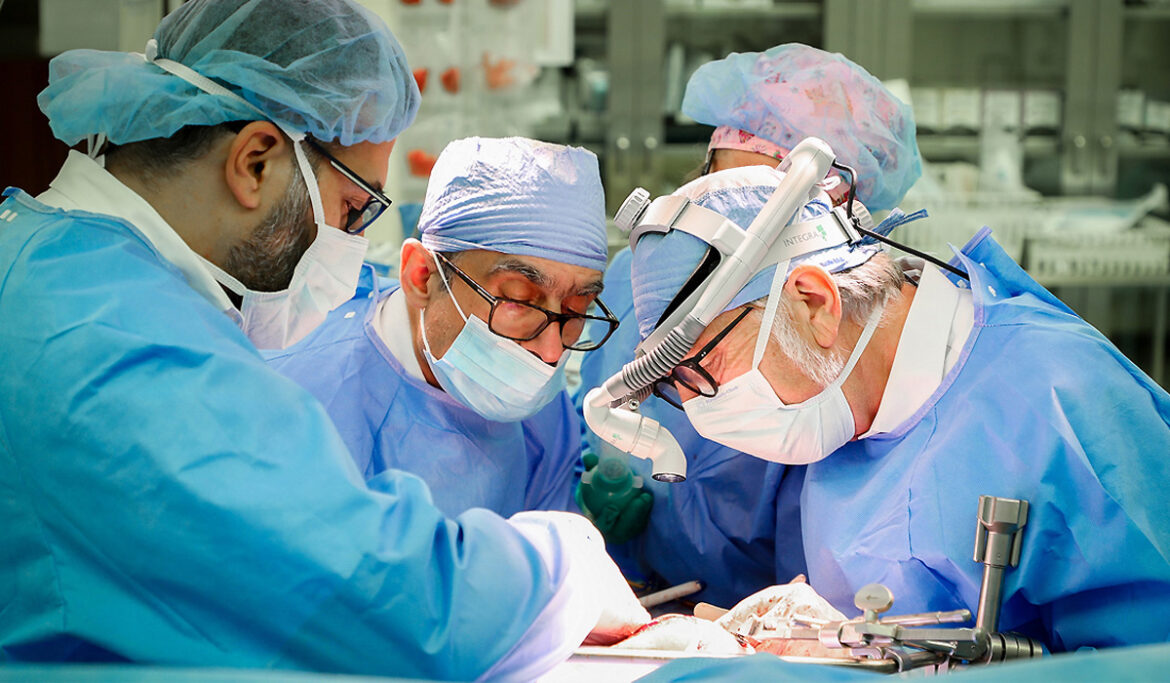Introduction to Organ Transplant
In layman’s term, Organ transplant refers to the process of replacing a damaged organ with that of donor. There are two terms widely used in the context of organ transplantation- autograft and allograft. While autograft refers to the procedure of transplanting tissues within the same person’s body, allograft is a transplant procedure occurs between two genetically non-identical human beings. In case of double organ transplant, the organ or tissue is obtained from cadaver or brain dead person. Organ transplants can be done on eyes, livers, kidneys, lungs, heart, pancreas and the small intestine.
Procedure of Organ Transplant
After brain dead and deceased donor’s family approves the removal of organs, the surgical team starts working on harvesting the organ. Let’s take a look into what is included in the procedure with an example of heart transplant surgery. The first step of a heart transplant surgery is giving anesthesia to the donor. Following that an orthotopic or a heterotopic procedure is conducted, depending upon the condition of the patient.
Orthotopic Surgery– In this procedure, a vertical inline incision is made to open the donor’s chest. The procedure is termed as median sternotomy. Next the surgeon pulls out the ribs and reveals the heart. Following that the donor’s heart is injected with potassium chloride. Potassium Chloride helps in stopping the heart from beating and preserving it for transplantation.
The surgeons then remove the heart by severing the vessels and placed it in a vessel containing protective chemical solution. Similarly the patient’s heart is also removed. The donor’s heart is trimmed to fit onto the patient’s left atrium and the great vessels are stitched in place. After the new heart is put in place, the patient is detached from cardiopulmonary bypass and the incision made on chest is closed.
Heterotopic Surgery– In this procedure, the failing heart is not removed from patient’s body whereas the donor’s heart is positioned to connect the chambers and blood vessels of both hearts. Through this procedure, the patient’s original heart got chances to recover. This heart transplant surgery is used in those cases wherein the donor’s heart is not strong enough to function by itself.
